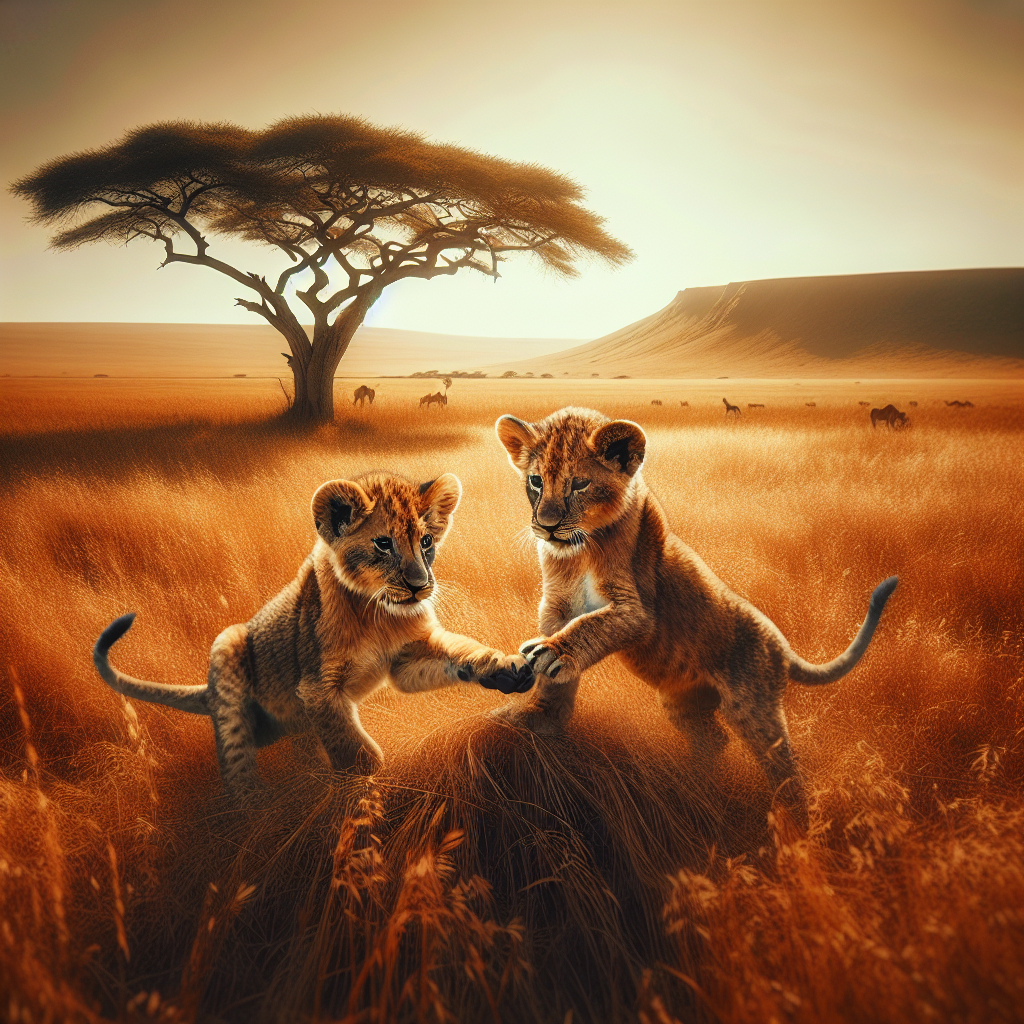So, you’re eager to learn about lion cubs, huh? Well, we’ve got just the article for you! “Lion Cubs 101: Everything You Wanted to Know from the Experts” is your go-to guide for all things adorable and fascinating about these little kings and queens of the animal kingdom. In this informative piece, we’ll cover everything from their birth and development to their social structure and adorable antics. Get ready to embark on a journey into the wild world of lion cubs, as we provide you with a comprehensive insider’s view that will leave you roaring for more!
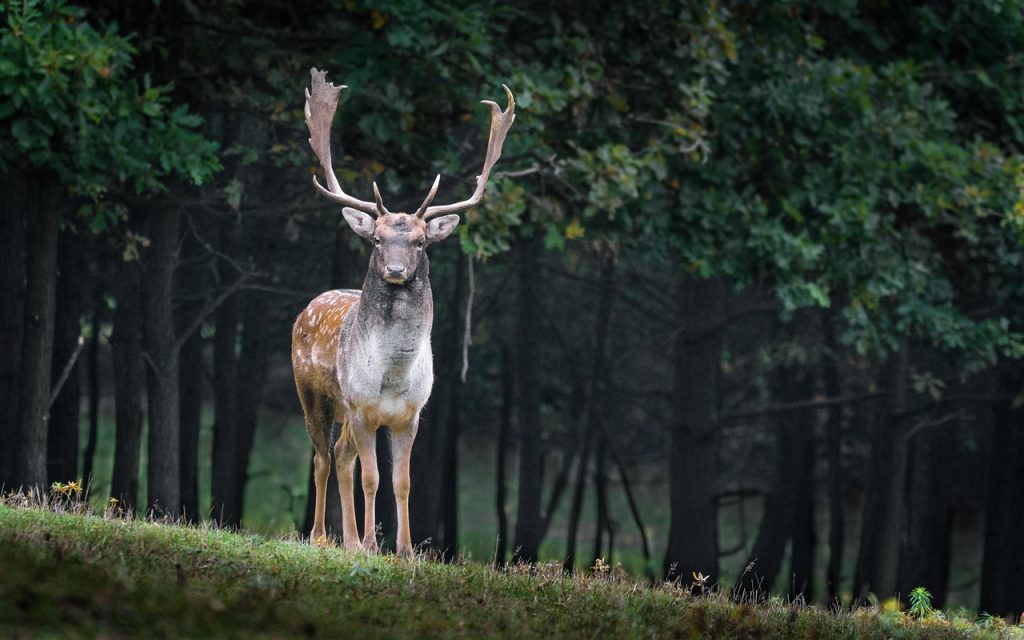
Physical Characteristics
Size and weight
Lion cubs are incredibly adorable and are known for their playful and cuddly nature. However, as they grow older, they become strong and majestic creatures. At birth, lion cubs usually weigh around 3 to 4 pounds and are about 13 to 15 inches long. As they mature, male lions can grow to a length of 7 to 9 feet, excluding the tail, and weigh between 330 and 550 pounds. Female lions, on the other hand, are slightly smaller, measuring around 6 to 8 feet in length and weighing between 260 and 400 pounds.
Coat and color
The coat of a lion cub is soft and has a sandy brown color, often accompanied by dark spots. These spots serve as camouflage, helping to blend in with their surroundings. As lion cubs grow, their coat gradually transitions into a more uniform tawny color, which is a crucial feature for adult lions. The tawny color provides excellent camouflage in the grassy savannah where they live, aiding them in their hunting endeavors.
Development of mane
One of the most iconic features of adult male lions is their luxurious mane. However, lion cubs do not possess a mane from birth. It is only as they reach sexual maturity around 3 years of age that male lions start developing a mane. The mane continues to grow throughout their lives and serves multiple purposes. It provides protection during fights with other males, acts as a visual signal of dominance, and may also help to regulate their body temperature.
Behavior
Social structure
Lions are highly social animals, and this trait is evident even in their cubs. Lionesses form the core of the social structure, living together in prides that consist of multiple generations of females and their offspring. Male cubs typically leave the pride when they reach maturity, whereas female cubs often stay with their mothers and other relatives. This social structure allows for cooperation in hunting and ensures the survival and well-being of the entire pride.
Territory and marking
Lion prides occupy specific territories that can range from a few square miles to more extensive areas. These territories serve as their hunting grounds and offer a source of food and water. Male lions are responsible for marking and defending the pride’s territory, usually by urinating on bushes or trees or by using their scent glands. This marking helps to communicate to other lions that the territory is occupied, reducing the risk of conflicts and ensuring the pride’s safety.
Hunting and feeding habits
Lions are known as apex predators and are skilled hunters. However, lion cubs do not participate in hunts until they are about a year old. Before that, they rely on their mothers and the other lionesses in the pride for food. Hunting is a cooperative effort, with lionesses working together to bring down large prey such as zebras or wildebeests. Once the kill is made, lion cubs have the privilege of feeding first, followed by the adult members of the pride.
Life Cycle
Birth and early stages
Lion cubs are born after a gestation period of approximately 110 days in secluded dens, away from the rest of the pride. A lioness usually gives birth to a litter of 2 to 4 cubs, which are born blind and entirely dependent on their mother. During their first few weeks, lion cubs stay close to their mother and siblings, nursing for milk to gain strength.
Maternal care
Lioness mothers are incredibly devoted and provide exceptional care for their cubs. They groom the cubs to foster bonding and keep them clean. Lioness mothers are also responsible for hunting to provide food for their growing offspring. The cubs are entirely reliant on their mother’s care until they are old enough to accompany her on hunting expeditions.
Weaning and independence
Around 3 months old, lion cubs begin to consume solid food, in addition to nursing. Over time, their diet gradually transitions from milk to meat as they learn to hunt alongside the adult members of the pride. Nursing diminishes by 6 to 7 months of age, marking the start of their independence. Lion cubs become more proficient hunters and begin showing signs of self-sufficiency.
Adolescence and adulthood
As lion cubs continue to grow, they enter adolescence at around 2 years old. This period is characterized by increased playfulness and the development of vital skills they will need as adults. Male cubs eventually disperse and seek new territories, while female cubs may remain within the pride, only leaving to establish their own pride when the time is right.
Communication
Vocalizations
Lion cubs have a wide range of vocalizations to communicate their needs and intentions to other members of the pride. These vocalizations include purrs, roars, growls, and meows. Through their calls, lion cubs can express hunger, seeking attention, and signaling their presence to other lions in the area.
Body language
Lions, including cubs, are highly expressive through body language. They use tail flicking, head movements, and posture to convey various messages. For example, a lion cub may wag its tail playfully to signal its desire to engage in play or flatten its ears and crouch low to indicate submission or fear.
Scents and marking
Scent marking is crucial for communication among lions. Adult lions, including cubs as they grow older, mark their territory using urine, feces, and scent glands located near their cheeks. This marking helps establish territorial boundaries, communicate individual identity, and signal reproductive status.
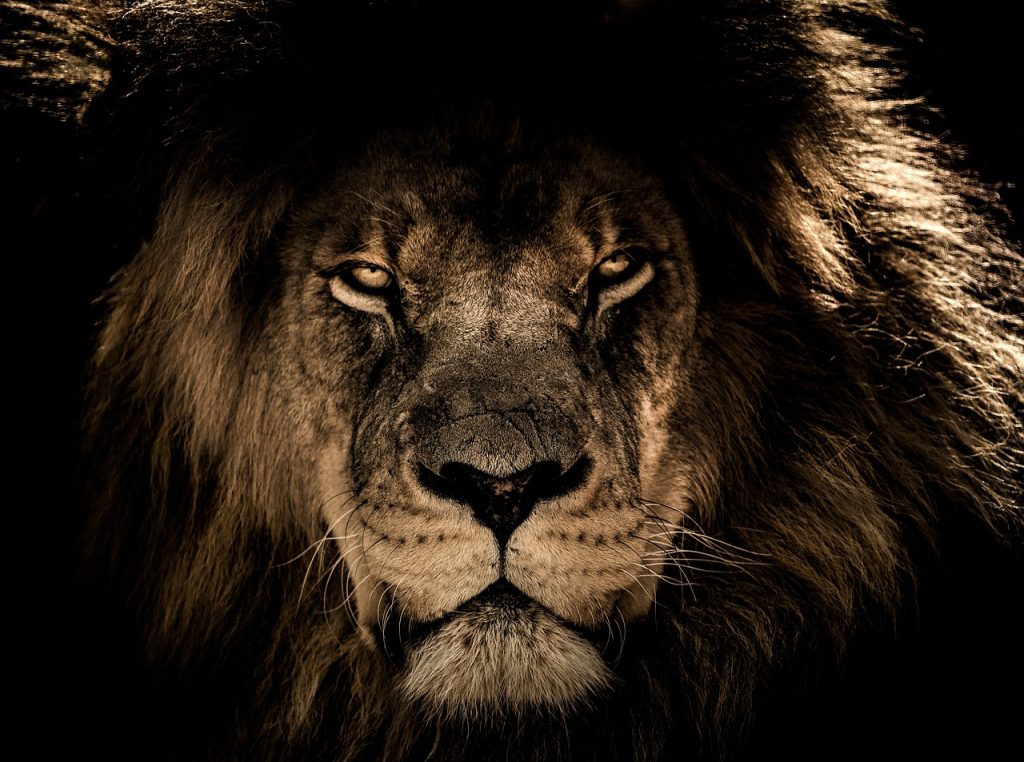
Habitat and Range
Natural habitat
Lions are primarily found in the grassy plains, savannahs, and woodlands of Africa. They require open spaces with sufficient prey, water sources, and cover for hunting and protection. These habitats offer abundant vegetation cover and allow lions to blend in with their surroundings effectively.
Geographical range
Historically, lions were found across a vast geographical range, spanning Africa, the Middle East, and parts of Asia. However, their range has significantly diminished over the years due to habitat loss and human encroachment. Today, the majority of wild lions are found in sub-Saharan Africa, with small populations in the Gir Forest of India.
Ecological importance
Lions play a crucial role in maintaining the ecological balance of their habitats. As apex predators, they help regulate herbivore populations and prevent overgrazing in the savannahs. Additionally, their waste acts as a source of nutrients for other organisms, supporting the overall health of the ecosystem.
Conservation Status
Threats to lion cubs
Lion cubs face various threats, primarily stemming from habitat loss, poaching, and human-wildlife conflict. Destruction of their natural habitats diminishes their access to prey and disrupts their social structures. Lion cubs are also sometimes targeted as trophies in illegal hunting activities.
Conservation efforts
Efforts are being made globally to protect lions and their cubs. Numerous organizations are working to conserve habitats, curb poaching, and promote coexistence between humans and lions. Conservation initiatives include educational programs, community engagement, and the establishment of protected areas where lions and their cubs can thrive.
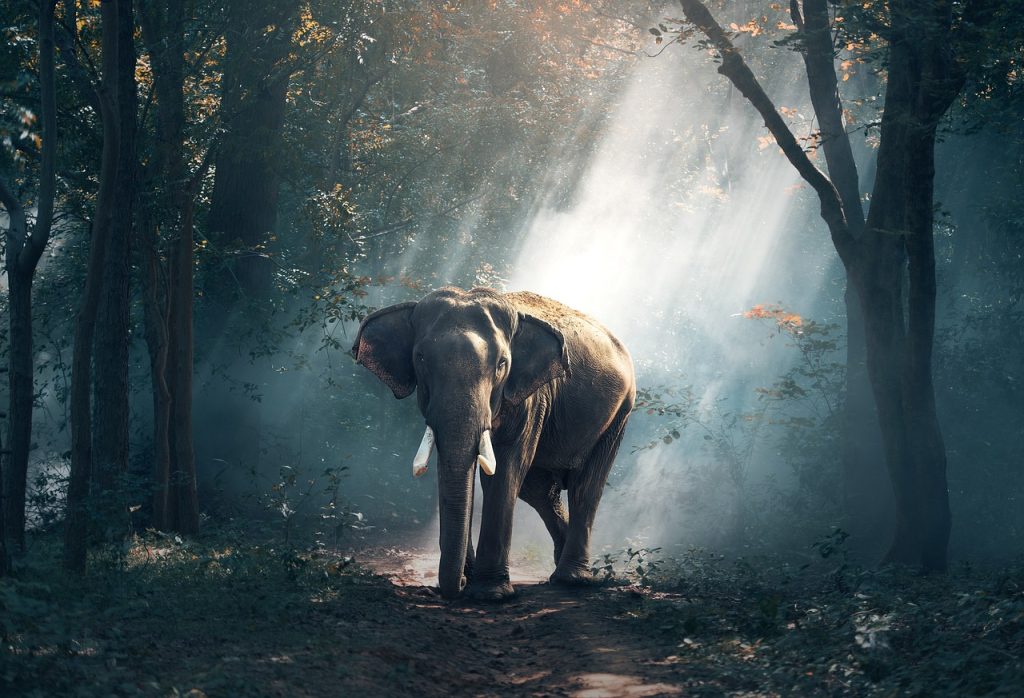
Interactions with Humans
Lion cubs in captivity
Lion cubs have been kept in captivity for centuries, often viewed as exotic and majestic animals. While some captive lion cubs are found in zoos and wildlife sanctuaries where they receive appropriate care, others may end up in less ideal conditions. It is important to support legitimate sanctuaries and facilities that prioritize the welfare of captive lion cubs.
Human-wildlife conflict
As human populations expand and encroach upon lion habitats, conflicts between humans and lions inevitably arise. Retaliatory killings often occur when lions pose a threat to livestock or human lives. Finding sustainable solutions to mitigate human-wildlife conflict is crucial to ensuring the survival of lion cubs and their families.
Tourism and ecotourism
Tourism, when managed sustainably, can contribute to the conservation of lion cubs and their habitats. Ecotourism initiatives provide economic incentives for local communities to protect wildlife and their natural environments. Responsible tourism practices can raise awareness about the importance of lion conservation and generate funds for conservation efforts.
Training and Education
Training programs for cubs
Some organizations offer specialized training programs for lion cubs, often with the aim of reintroducing them into the wild. These programs teach survival skills, hunting techniques, and social dynamics, enabling lion cubs to transition from captivity to their natural habitats successfully.
Educational initiatives
Education plays a vital role in lion conservation. Many organizations and schools are actively involved in spreading awareness about lions and their conservation needs. Educational initiatives aim to instill a sense of empathy and understanding among the younger generation, inspiring them to take action in protecting lion cubs and other wildlife.
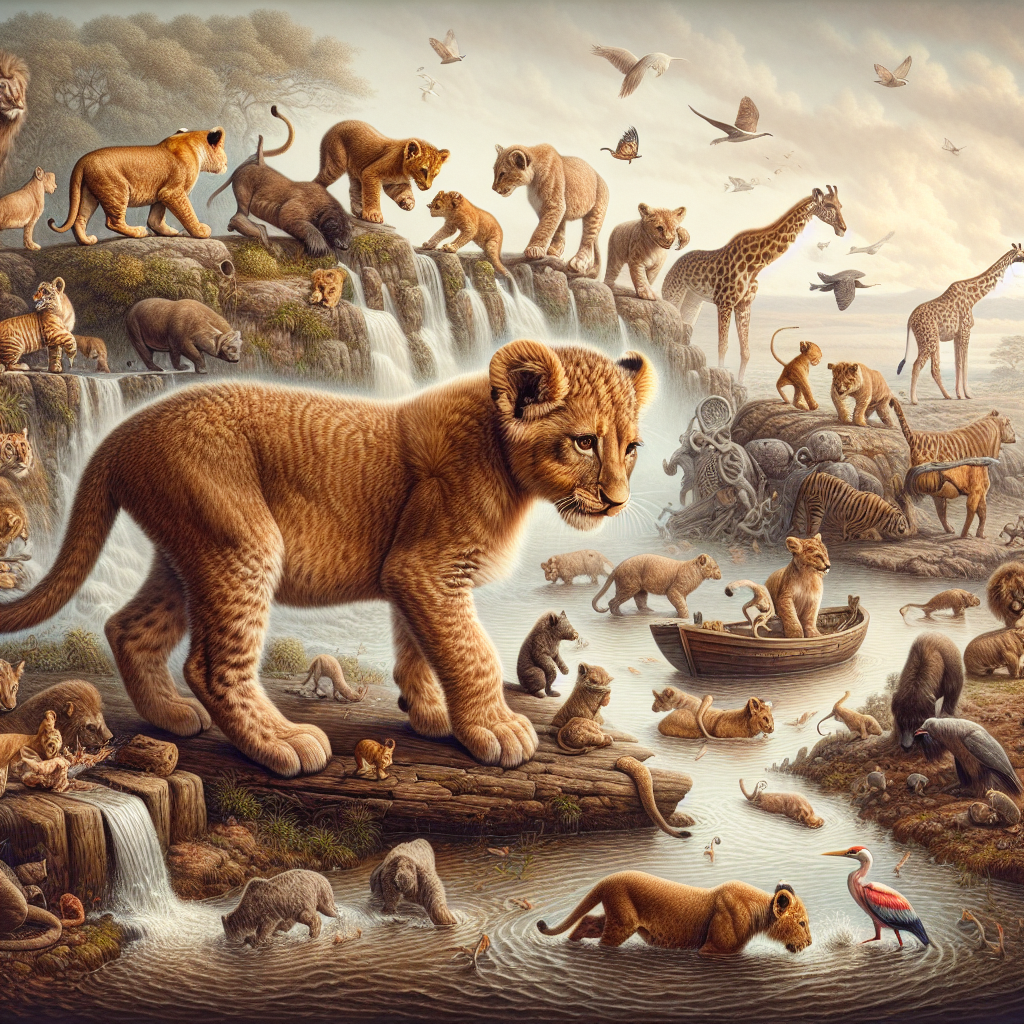
Fun Facts
Lion cub facts
- Lion cubs are born with blue eyes, which later change to a golden-brown color.
- They have distinctive spots on their fur, which provide camouflage in their early stages.
- Lion cubs are incredibly playful, spending a significant portion of their time engaging in games and mock fights.
- Lion cubs inherit their hunting skills from their mothers and observe and learn from the adult members of the pride.
- Tails are essential for lion cubs’ balance and act as a communication tool, signaling their intentions and emotions.
Interesting behaviors
Lion cubs exhibit various interesting behaviors, such as climbing trees for fun or to escape danger, grooming each other as a form of bonding, and rubbing their cheeks against objects to leave scent marks. These behaviors contribute to their development and socialization within the pride.
Frequently Asked Questions
How long do lion cubs stay with their mother?
Lion cubs typically stay with their mother until they reach maturity, around 2 to 3 years old. Female cubs may continue to live within the pride and establish their own territories, while male cubs usually disperse to find new prides or form coalitions with unrelated males.
Why do lion cubs have spots?
The spots on lion cubs serve as camouflage, allowing them to blend into the grassy savannahs and woodlands where they reside. As they grow older, the spots fade, and their coat transforms into a more uniform tawny color, which provides better camouflage for their adult hunting needs.
Do lion cubs have any predators?
Lion cubs have relatively few natural predators due to their protective mothers and the collective defense of the pride. However, lion cubs may still fall prey to hyenas, leopards, and other apex predators. Additionally, human activities and habitat loss pose significant threats to lion cubs’ survival.
Can lion cubs swim?
Lions are not known for their affinity for water, and lion cubs are not natural swimmers. However, if necessary, they can swim to navigate water bodies or cross rivers and streams. Swimming is not a common behavior but can be seen in certain lion populations that inhabit regions with access to water.
